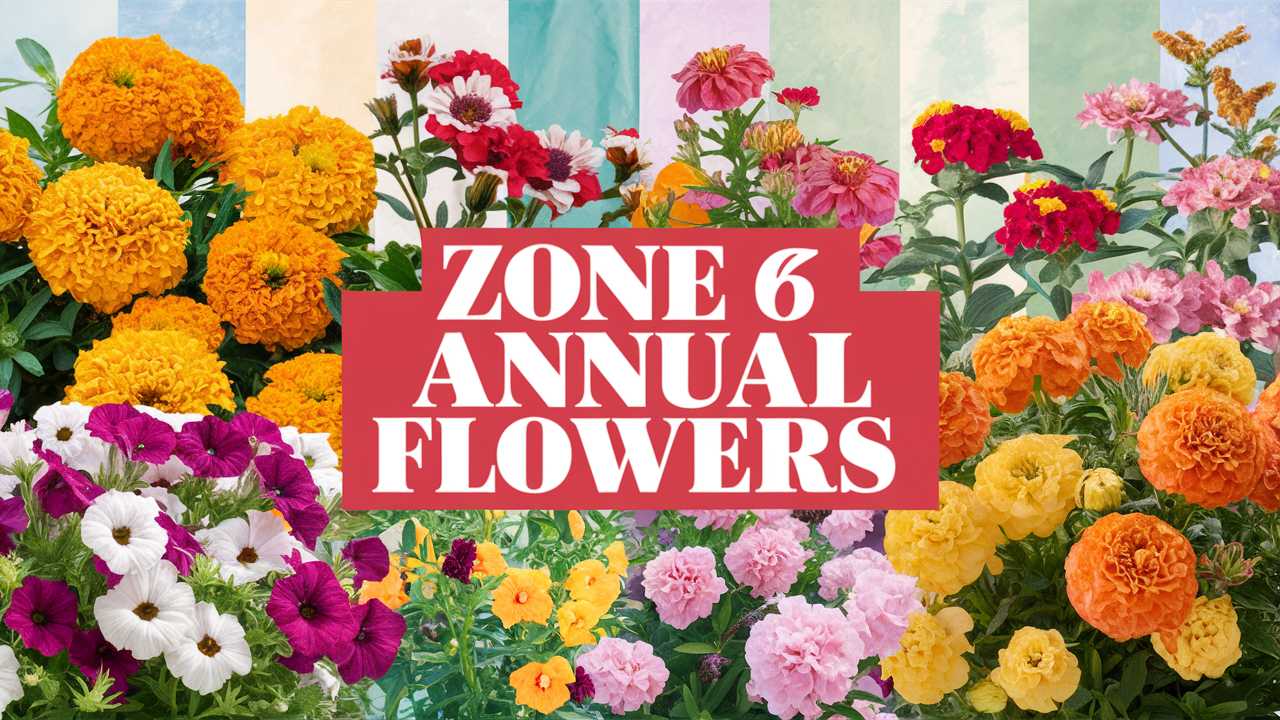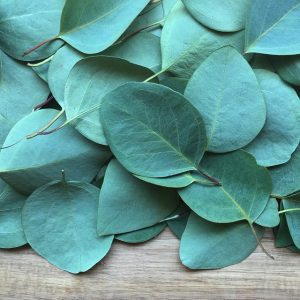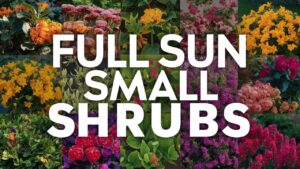In this guide we’ll explore fabulous annual flowers that thrive in Zone 6, guaranteeing that your landscape will be bursting with life and beauty.
Petunia
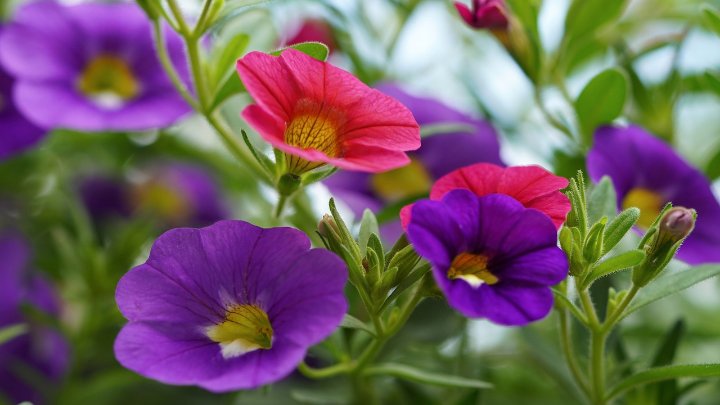
Petunias are one of the most widely recognized flowers and come in a variety of forms, including spreading, upright, and trailing varieties. Their blossoms can be single or ruffled, and they exhibit a stunning array of colors, including pastels, vibrant hues, and darker tones. Petunias prefer well-draining soil and full sun, which encourages their growth and blooming potential. To ensure a plentiful display, regular deadheading—removing spent flowers—will stimulate the plant to produce even more blooms.
In addition to their visual charm, petunias are versatile and can thrive in different environments, including pots, hanging baskets, and flower beds. Given their somewhat more drought-tolerant nature, they’re an excellent choice for gardens that may not receive regular watering. Gardeners can also find varieties that are particularly resilient to heat and humidity, making them ideal for an array of climates within Zone 6. With proper care, petunias will bloom from early spring until the first frost, ensuring spectacular color throughout the season.
Marigold
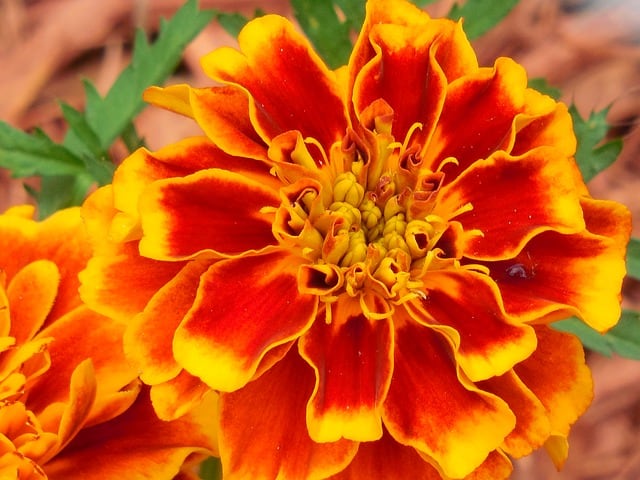
Marigolds are renowned for their sunny disposition and rich, warm colors, which range from bright yellows to deep oranges and reds. These flowers are not only aesthetically pleasing but also practical for any gardener due to their ability to repel nematodes and various pests, thanks to the compounds they release into the soil. This protective quality allows marigolds to act as a natural barrier for vegetable gardens, making them an excellent companion plant.
They thrive in sunny habitats and prefer well-draining soil, making them adaptable to various garden styles. Marigolds tend to be low-maintenance; they require minimal watering once established and can thrive in poorer soils. Their bushy growth habit and variety in height—from compact varieties suitable for borders to taller types that can serve as backdrops—offer exceptional versatility. Whether planted en masse in beds or grouped in pots on a patio, marigolds will create a dazzling and lively atmosphere.
Zinnia
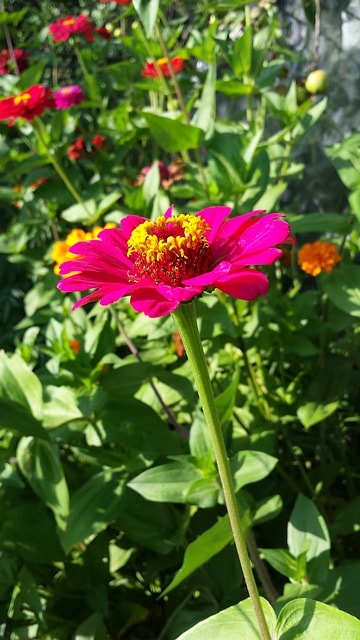
Zinnias are loved for their robust, colorful blooms that come in a multitude of shapes, sizes, and colors, from small pom-pom forms to large dinner-plate varieties. Easy to grow and maintain, zinnias thrive in full sun and prefer well-drained soil. One of their most appealing qualities is their incredible resilience to heat and drought once established, making them well-suited for the summer heat in Zone 6.
These flowers are also exceptional attractors of butterflies and bees, adding movement and life to your garden while boosting pollinator populations. Zinnias are perfect for cutting gardens; their long stems and sturdy blooms make them fantastic for arrangements. You can mix different varieties and colors to create an eye-catching display, or use monochromatic shades for a more cohesive look. By planting zinnias in succession every few weeks, you can enjoy a continuous landscape filled with vibrant colors through the summer until the first frost.
Cosmos
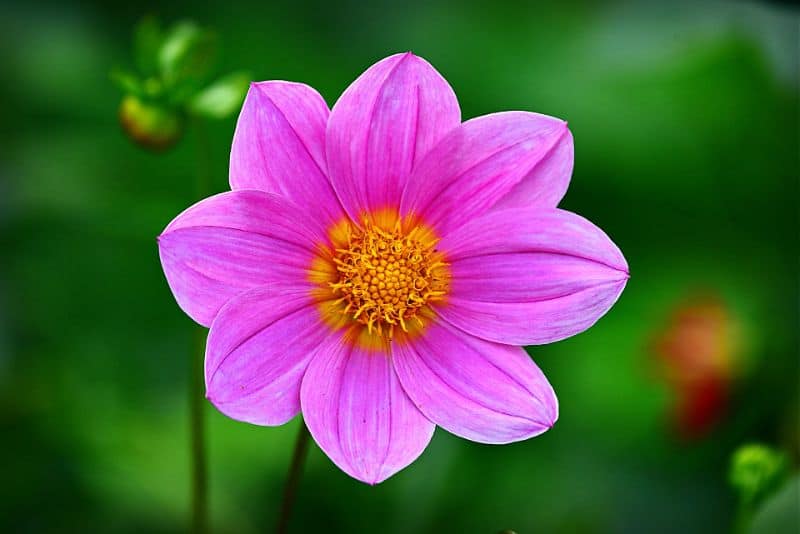
Cosmos flowers are known for their tall, slender stems and daisy-like blossoms that provide a light, airy feel to the garden. Available in shades of pink, purple, and white, cosmos thrive in full sun and prefer poor, well-drained soils. This makes them ideal for more minimalist gardens or those featuring drought-resistant plants. They can grow quite tall (up to 5 feet in some varieties) and look stunning when planted en masse, swaying in the breeze.
Cosmos are typically quite low-maintenance and can easily be grown from seed. Their gentleness and gracefulness attract a variety of pollinators, including bees and butterflies, enhancing the biodiversity of your garden. Tucking cosmos into the back row of a mixed flower bed can create lovely layers, offering stunning seasonal transitions. Additionally, cosmos make great cut flowers and can easily liven up indoor spaces, adding a touch of summer charm.
Geranium
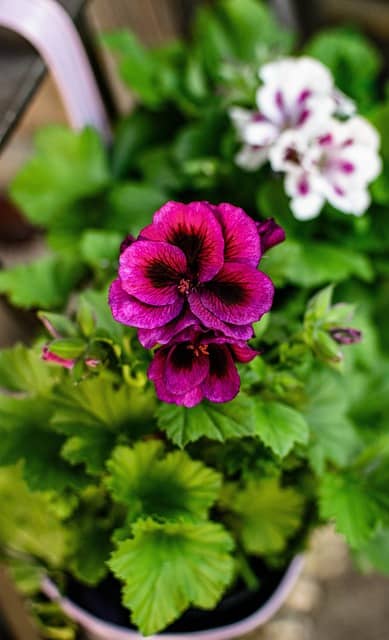
Geraniums, particularly zonal geraniums, are distinguished by their lush leaves adorned with bright and striking flowers. These annuals come in various colors, from bold reds and oranges to more subtle pastels, allowing for creative combinations in your garden. Geraniums thrive in a variety of setups—window boxes, garden beds, or hanging baskets—making them incredibly versatile.
They flourish best in full sun, but they can tolerate some shade, particularly in hotter climates. Regular deadheading will encourage more blooms throughout the summer, while occasional fertilization can further boost flowering intensity. For those looking for a long-season bloomer, geraniums are resistant to heat and will often continue blooming into the fall. With their rich foliage and expansive blooms, they create eye-catching combinations with other flowering plants.
Lobelia
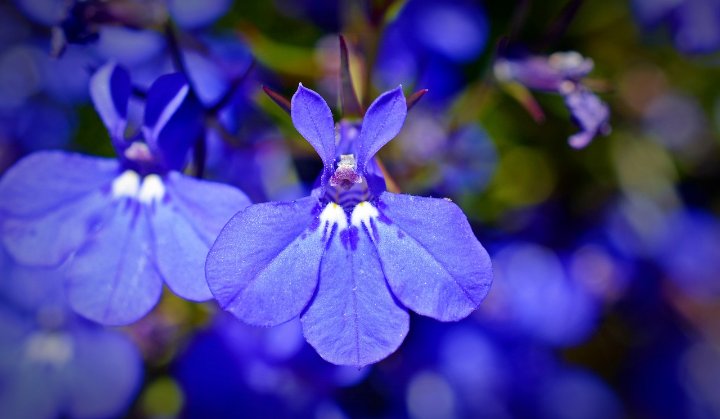
Lobelia is characterized by its lush, cascading growth, making it a perfect choice for hanging baskets and container planting. With delicate flowers available in blue, purple, white, or pink, lobelia can add a charming touch to shaded areas and provides beautiful contrast in sunny spots as well. These flowers prefer cooler temperatures and well-draining but consistently moist soil, making them a great option for early spring planting in Zone 6.
This versatile flower looks stunning when planted en masse, spilling over edges of containers or softening the appearance of borders. Requiring minimal maintenance, lobelia will reward gardeners with a stunning display if merely granted regular watering and occasional deadheading. Its ability to attract butterflies adds another layer of charm, making lobelia a fantastic choice for those looking to invite more wildlife into their gardens.
Sunflower
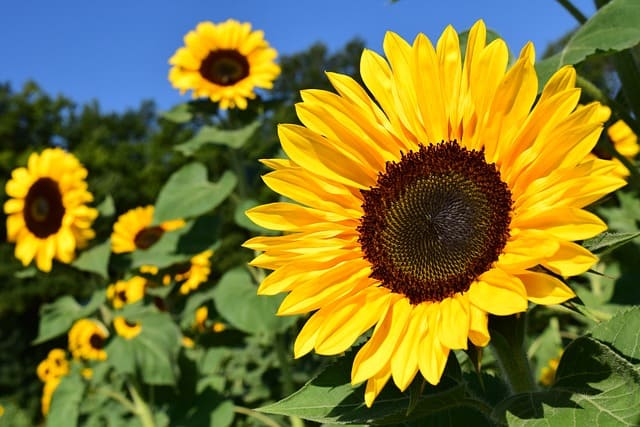
Sunflowers are emblematic of summer, with their towering stature and bold, sunny blooms. From dwarf varieties suitable for small spaces to towering giants that can reach over six feet, sunflowers are available in numerous colors and forms, including classic yellow, rich mahogany, and bi-color. They are known for their adaptability and resilience and thrive in full sun and well-drained soil.
Growing sunflowers from seeds is straightforward, and they can be direct seeded into the ground after the last frost. Their ability to attract pollinators, sunbirds, and beneficial insects makes them excellent additions to both ornamental and vegetable gardens. Sunflowers have a dual purpose—they add a stunning visual focal point while providing seeds that birds and other wildlife love. Their cheerful disposition and ability to put a smile on anyone’s face make them an essential choice for any Zone 6 garden.
Celosia
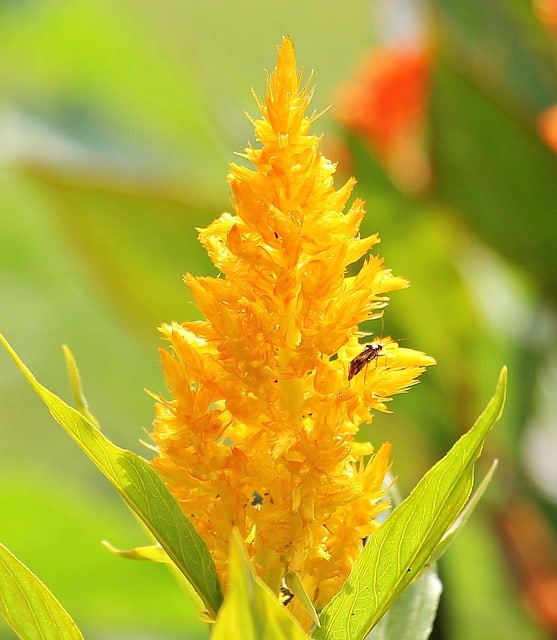
Celosia, often referred to as cockscomb or feathered amaranth, brings a unique textural element to your garden beds with its unusual blooms that look like flames or brain-like shapes. These vibrant flowers are available in deep reds, magentas, yellows, and oranges, offering an exotic flair that is hard to miss. Celosia prefers full sun and well-drained soils, and once established, they are relatively drought-tolerant.
These annuals are often used in mixed borders, providing contrasting heights and colors alongside other flowers. Celosia can also be excellent for cut flower arrangements, lasting well when picked. Their unique appearance adds interest and whimsy to floral displays, both in the garden and in vases. Plus, celosia bloom for an extended period throughout the summer, ensuring your garden remains lively and colorful.
Nicotiana
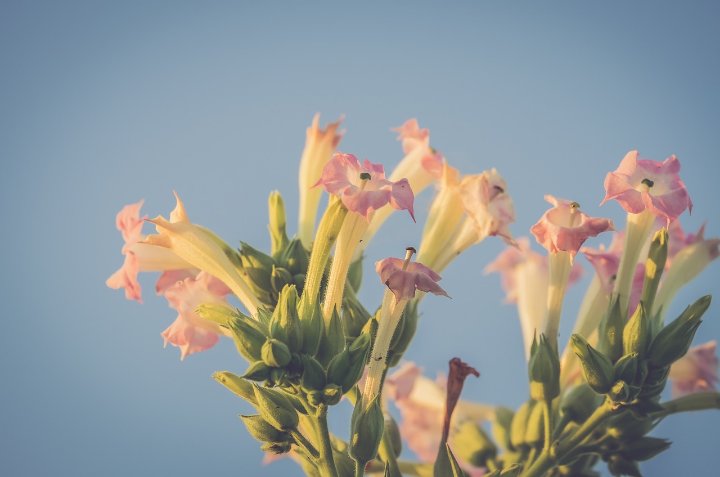
Nicotiana, or flowering tobacco, enchants gardens with its night-blooming fragrance and elegant, tubular blooms that tend to open in the cool evening air. Available in shades of white, pink, and soft green, they thrive in partial to full shade, making them ideal for darker corners of your garden. Nicotiana attracts nocturnal pollinators, especially moths, allowing you to create a subtle yet enchanting atmosphere at night.
These plants can also tolerate poor soil, making them suitable for beginners or for those with less-than-perfect garden conditions. Their soft, airy structure works beautifully in mixed flower beds or as filler plants in cottage gardens. The enchanting fragrance that permeates the cool evening air creates a magical ambiance, ensuring your nighttime outings in the garden are rich with sensory experiences.
Salvia
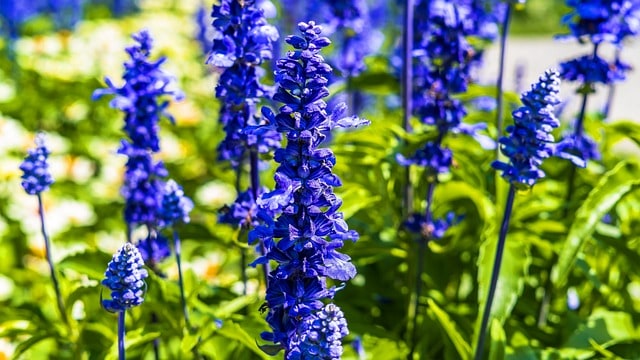
Salvia truly captivates with its striking flower spikes and aromatic foliage. Known for their hardiness and drought resistance, salvias flourish in sunny spots with well-drained soils. Available in a wide range of colors, including blues, violets, reds, and whites, these plants can make a bold statement in contemporary or traditional garden designs.
They are also exceptional attractors of pollinators, particularly bees and hummingbirds, promoting biodiversity in your landscape. Salvias are ideal for cut flower arrangements, bringing lengthy blooms into your indoor spaces. Grouping several varieties can create stunning contrasts and textures, making them an excellent choice for gardeners looking to create layers and visual interest in their flower beds.
Dianthus
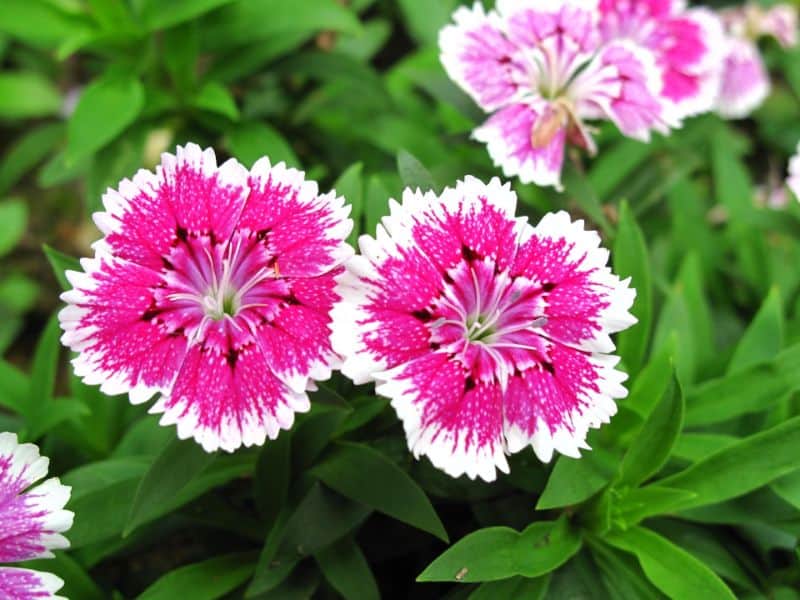
Dianthus, commonly referred to as pinks, are cherished for their gorgeous blooms and delightful fragrance. These charming flowers come in a variety of colors, from pale pinks to deep reds, and produce a lovely, ruffled appearance that evokes a vintage feel. Fitting seamlessly into a cottage garden or a more formal landscape, dianthus prefers well-drained soil and benefits from full sun or partial shade.
They thrive in containers as well as garden beds, offering a delightful mid-height option that works well alongside taller flowering plants. Their long blooming season, combined with a propensity for reseeding, can lead to beautiful surprises in the following years. Ideal for creating lovely borders and filling gaps in your landscape, dianthus is a hardy plant that will provide both beauty and fragrance to your garden.
Ageratum
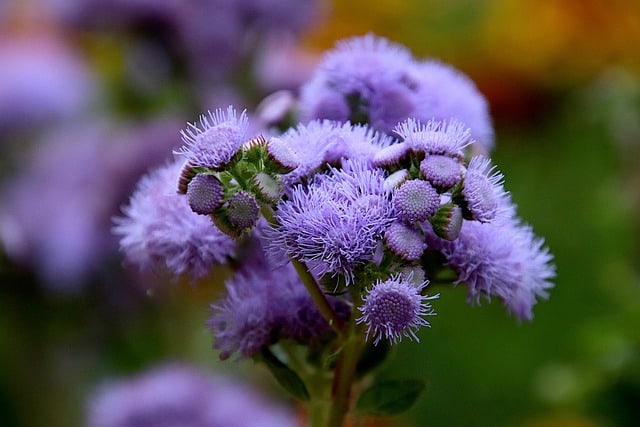
Ageratum, often termed floss flower, encompasses a soft, fluffy appearance with its small clusters of blooms available in shades of blue, lavender, and white. Renowned for their resilience, these flowers thrive in both sunny and partially shaded areas. Ageratum prefer moist, well-drained soils and require regular watering, making them ideal for vibrant garden beds or as fillers in container arrangements.
These flowers are perfect for attracting pollinators, especially butterflies, enhancing the biodiversity of your garden space. Ageratum works wonderfully at the front of flower beds or in borders, offering soft contrasts to taller plants. Their capability to bloom continually throughout the summer adds consistent visual interest, and they make lovely additions to cut flower arrangements for indoor enjoyment.
Snapdragons
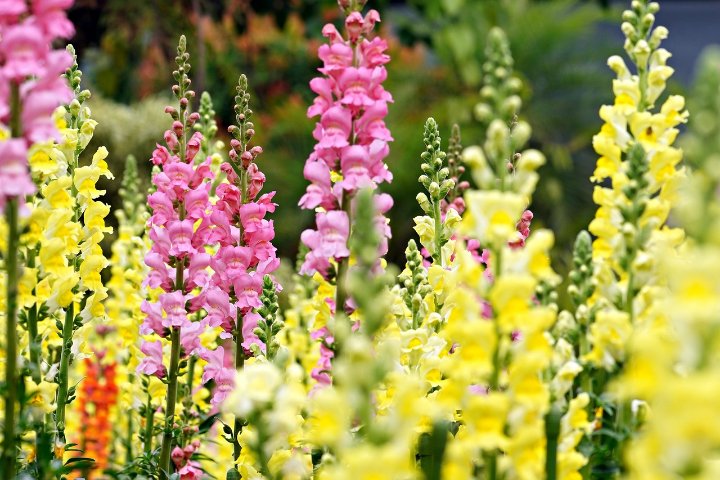
Snapdragons are unforgettably charming with their tall spires and distinct flower shape that resembles a dragon’s mouth. Available in a dazzling array of colors, they thrive in cooler weather and are perfect for spring planting in Zone 6. These plants prefer well-drained soil and full sun to part shade, providing flexibility in planting locations.
Their enchanting appearance adds delightful vertical interest to any garden space, providing height among shorter flowers. Snapdragons also possess not only visual drama but can withstand slight frosts, ensuring blooms during transitional seasons. Ideal for cut flower arrangements, snapdragons stand tall and proud, adding elegance and sophistication to any bouquet. Consider planting them alongside other annuals for a stunning mix of colors and forms.
Impatiens
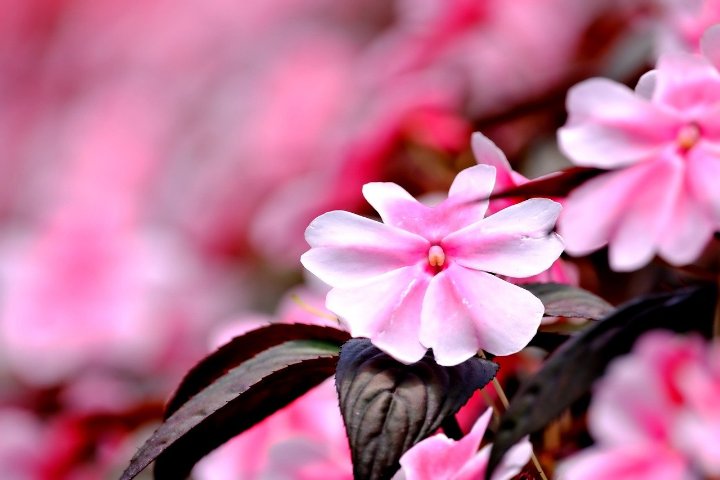
For those looking to beautify shaded areas, impatiens are simply unbeatable. These annuals produce a profusion of vividly colored flowers in almost every shade you can imagine: white, pink, red, violet, and more. Impatiens thrive under partial to full shade and prefer consistently moist soil, making them ideal for creating lush, soft carpet-like layers in shady corners of your garden.
The bushy habit of impatiens makes them exceptional when planted en masse, creating a vibrant carpet that can brighten even the darkest spaces. They are also a popular choice for containers and hanging baskets, as their trailing habit offers a lovely cascading effect. With minimal maintenance, impatiens deliver consistent blooms from spring until frost, and their ability to thrive in low-light conditions allows them to shine where many other flowering plants may falter.
Verbena
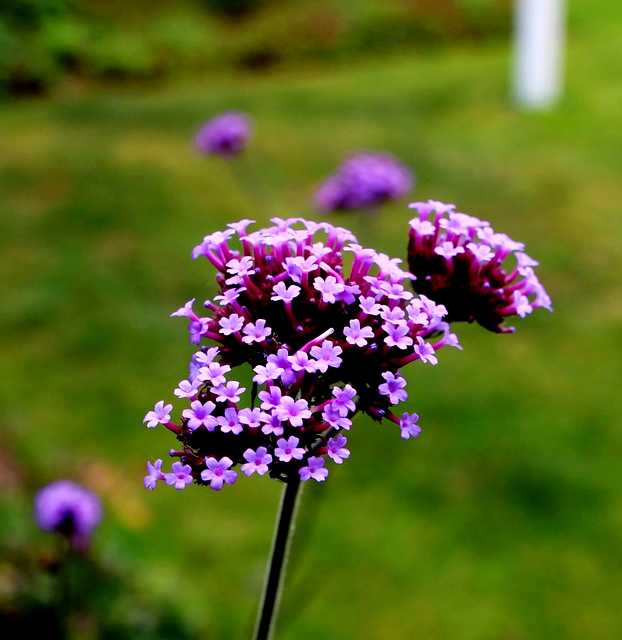
Verbena helps to provide cheerful, low-growing color wherever you need it, thriving in sunny gardens and tolerating droughts quite well. These flowers bloom in clusters, showcasing bright colors like purple, pink, red, and white. Their ability to flourish in poor soil and withstand heat makes them a perfect fit for those seeking low-maintenance options in their gardens.
With long bloom periods extending from late spring until frost, verbena will keep your garden vibrant for months. Perfect for ground cover, border plantings, or spilling over the edges of containers, verbena is a versatile option that can enhance the beauty of any garden space. Additionally, they are excellent pollinator attractors, adding to garden efficacy and biodiversity. Try combining different colors of verbena, and you will achieve a lovely mosaic effect that uplifts the spirits and adds delight to outdoor spaces.


